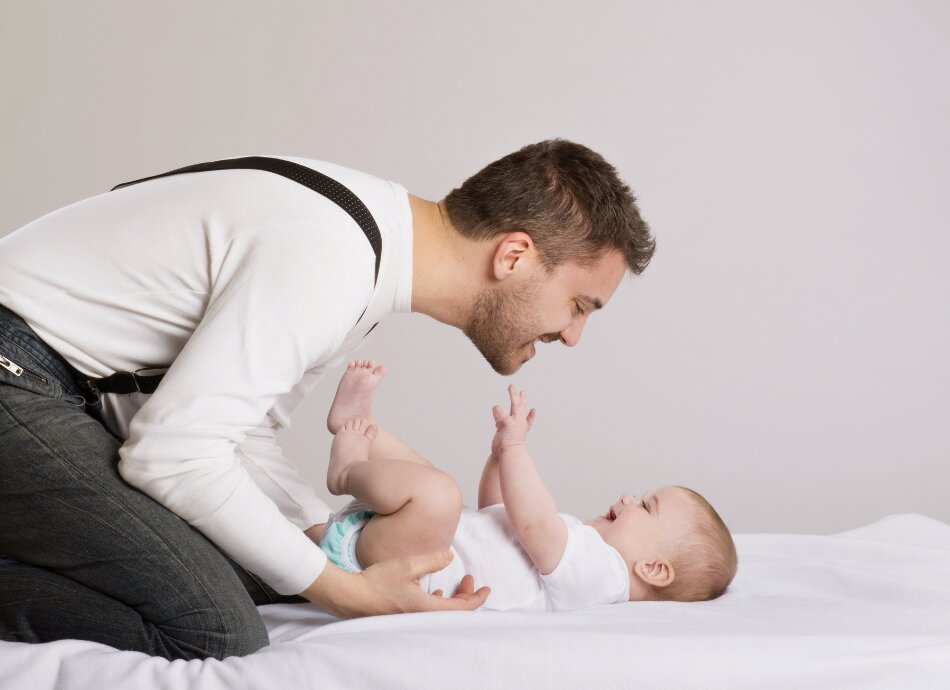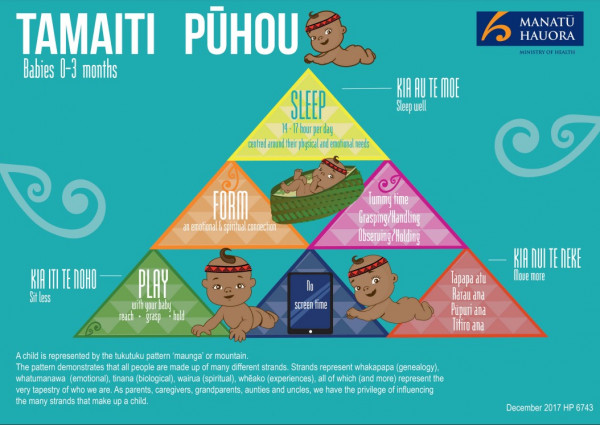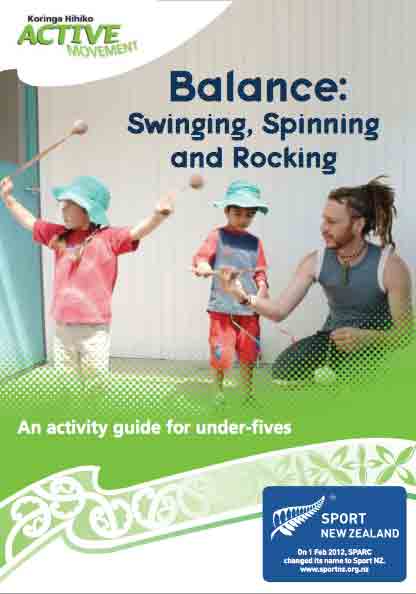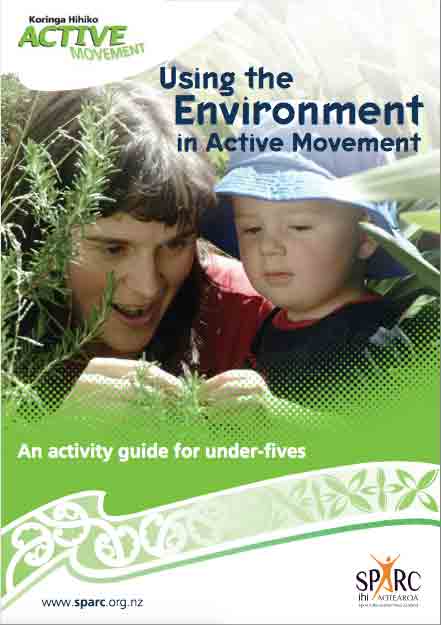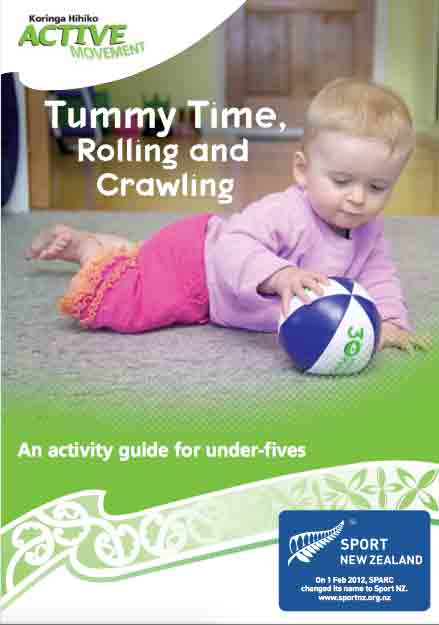Like adults and children, babies also need to be physically active. Exercise helps your baby's body grow, and also helps them to feel safe and loved. When babies learn how to turn on their belly, roll, creep, crawl, sit, stand and walk, they are also learning how to learn.
Babies and children today are generally less active than their parents and grandparents were. They are being carried more, pushed in prams and supermarket trolleys. Technology is also part of our lives, with video games, screen time and TV taking up more of our children’s time.
Exploring their surroundings with all their senses – taste, touch, smell, sight and movement is an important part of your baby's development. Being active develops:
- bones and muscles
- the brain
- the eyes
- memory
- speech and language
- confidence and self-esteem
- a willingness to try challenging activities
- the ability to work with others
- an understanding of the body and how to move.


